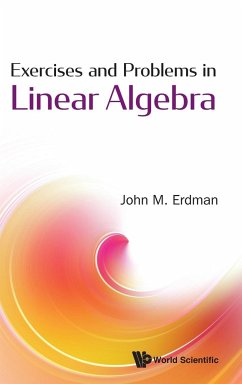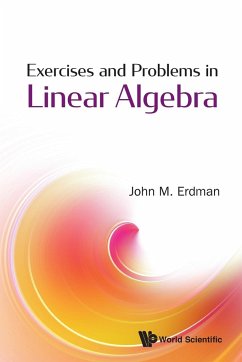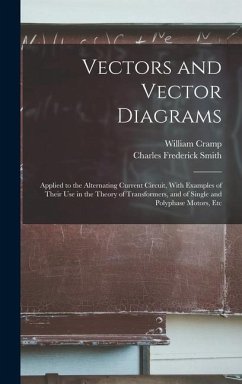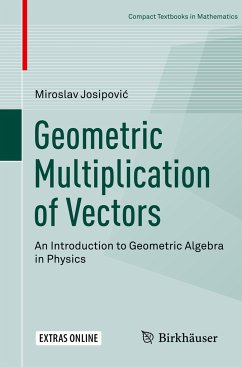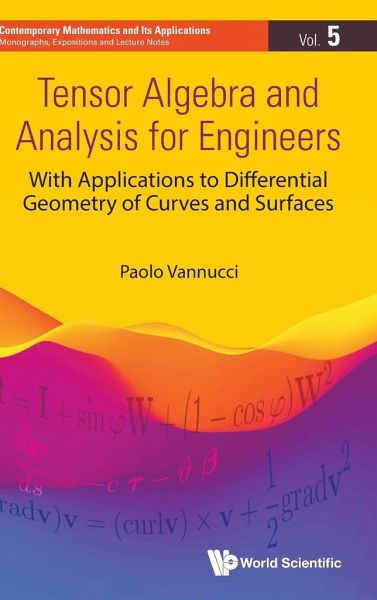
TENSOR ALGEBRA AND ANALYSIS FOR ENGINEERS
Versandkostenfrei!
Versandfertig in 1-2 Wochen
76,99 €
inkl. MwSt.

PAYBACK Punkte
38 °P sammeln!
In modern theoretical and applied mechanics, tensors and differential geometry are two almost essential tools. Unfortunately, in university courses for engineering and mechanics students, these topics are often poorly treated or even completely ignored. At the same time, many existing, very complete texts on tensors or differential geometry are so advanced and written in abstract language that discourage young readers looking for an introduction to these topics specifically oriented to engineering applications. This textbook, mainly addressed to graduate students and young researchers in mecha...
In modern theoretical and applied mechanics, tensors and differential geometry are two almost essential tools. Unfortunately, in university courses for engineering and mechanics students, these topics are often poorly treated or even completely ignored. At the same time, many existing, very complete texts on tensors or differential geometry are so advanced and written in abstract language that discourage young readers looking for an introduction to these topics specifically oriented to engineering applications. This textbook, mainly addressed to graduate students and young researchers in mechanics, is an attempt to fill the gap. Its aim is to introduce the reader to the modern mathematical tools and language of tensors, with special applications to the differential geometry of curves and surfaces in the Euclidean space. The exposition of the matter is sober, directly oriented to problems that are ordinarily found in mechanics and engineering. Also, the language and symbols are tailored to those usually employed in modern texts of continuum mechanics. Though not exhaustive, as any primer textbook, this volume constitutes a coherent, self-contained introduction to the mathematical tools and results necessary in modern continuum mechanics, concerning vectors, 2nd- and 4th-rank tensors, curves, fields, curvilinear coordinates, and surfaces in the Euclidean space. More than 100 exercises are proposed to the reader, many of them complete the theoretical part through additional results and proofs. To accompany the reader in learning, all the exercises are entirely developed and solved at the end of the book.







